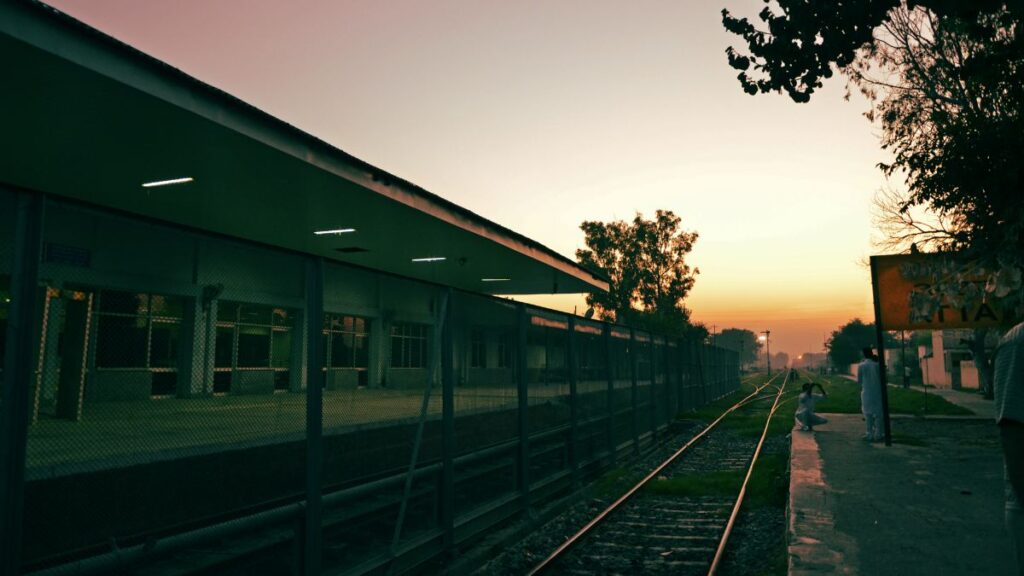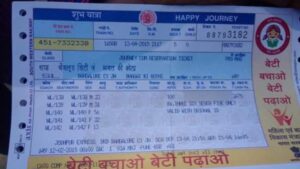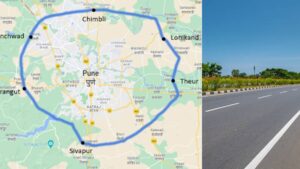Know about the only Indian railway station where you required a visa to enter

India, a country with over 7,000 railway stations, has several unique ones, but few are as intriguing as Attari Railway Station. Known for its close proximity to the India-Pakistan border, Attari stands out for an unusual reason: even Indian citizens needed a visa to enter.
While Indian citizens can travel freely across the country without a passport or visa, the rules at Attari Railway Station were different. If you planned to catch a train or simply visit this station, a visa—specifically a Pakistani visa—was mandatory. This strict requirement made it one of the most distinctive railway stations in India.
A Gateway to the Border: Attari Railway Station
Located in the Amritsar district of Punjab, Attari Railway Station lies near the Wagah Border between India and Pakistan. It is the last station in India on the Amritsar-Lahore line. Due to its location in such a highly sensitive area, security at Attari is tightly regulated. Anyone caught without the necessary visa could face serious legal consequences, including imprisonment.
The station is often associated with the Samjhauta Express, a train that once connected India and Pakistan. However, since 2019, following India’s revocation of Article 370, this iconic train service has been suspended, leaving the station with its own poignant significance in the region.
Strict Security and Border Control
Attari Railway Station is under constant surveillance by security forces, ensuring that only those with the required documentation are allowed entry. The presence of law enforcement around the station reflects its strategic importance as a key crossing point between the two nations.
A Unique Chapter in India’s Railway History
The story of Attari Railway Station serves as a reminder of the complexity and sensitivity of the India-Pakistan border. Despite the complexities of international travel, Attari continues to be a vital symbol of the intersection between two countries, marking both a literal and figurative point of entry and exit.







